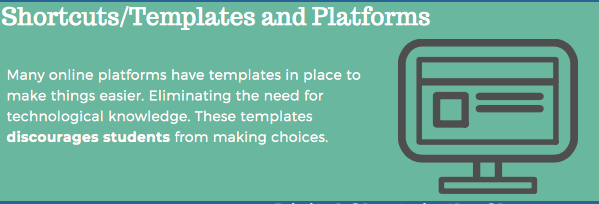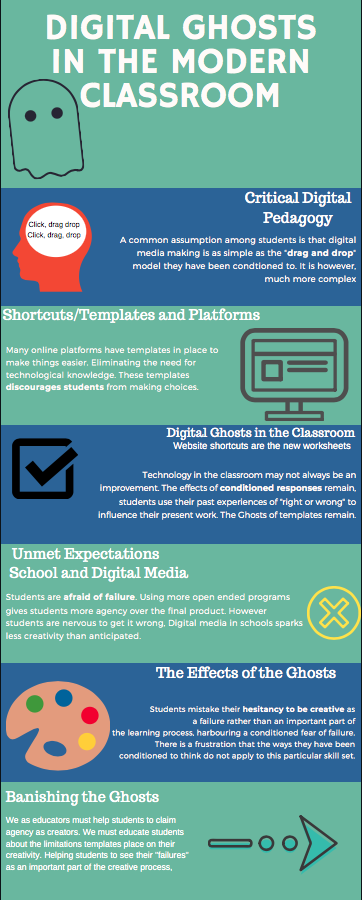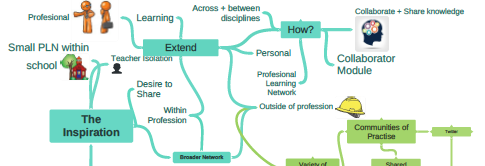
For this assignment I chose to explore the Collaboration Module. This module explores different aspects of collaboration ranging from what collaboration is to the different way’s individuals can now collaborate in different spaces. The main purpose of this module is to encourage collaboration between educators and explain how online collaboration can cultivate new innovations. To summarize the module I decided to make a sketch-note/mind-map using Coggle.
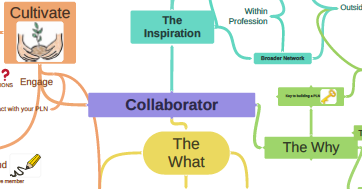
I thought this module was very easy to navigate, as you scroll through the side bars the information is set up in almost a chronological order. Starting with the inspiration behind collaboration, then why it is important to collaborate, which leads to what collaboration looks like and finally how to cultivate collaboration. As someone who is fairly new to online collaboration, I found this module very user friendly and after looking through it I feel I have a good grasp on what online collaboration is and the avenues available to begin collaborating.
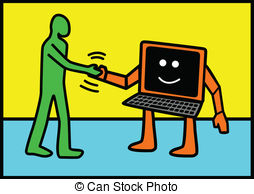
From an educator standpoint this module touches on the way’s collaboration can be helpful to educators. A key component of this module is explaining what a personal learning network (PLN) is and how to cultivate one. This part of the module is key for educators, it is important for teachers to be connected to other educators to learn and grow in their teaching. I believe having a PLN allows you to be connected on a deeper level and creates new innovations that help students and teachers. It allows ideas and innovations to grow and develop. Having a PLN is also important because of the support it provides for educators. Teaching is not an easy job and having a network of support is crucial to being a successful teacher. I have learned through my teaching placements that having other educators to reassure you in your teaching and to offer suggestions is imperative. This module offers useful ways to grow and maintain your PLN.
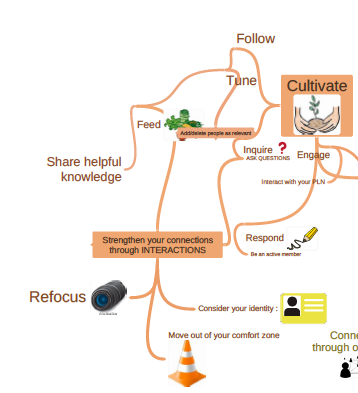
The idea of connectivism is also talked about, this is the idea that the context of your learning is provided by your network. A key part of connectivism is the idea that learning is a social and collaborative activity, in order to learn to the best of your ability you must be connected to others. The idea of a PLN is to create a collaborative space online, the module not only talks about the importance of collaboration and a PLN but gives strategies of how to cultivate your PLN. I believe this is a very important aspect of the module. It not only says to collaborate but gives practical strategies to help people who are beginning to collaborate online. We do not learn in isolation and therefor we should not teach in isolation, being active and connected to other educators creates a community of learning which is transformed through technology.
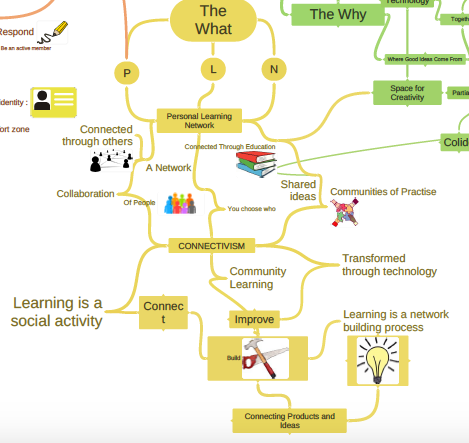
I believe this module was is a very useful resource, it offers a lot of information and relays the information using many different mediums. It is very accessible and easy to navigate. A key component of this module is that it offers not only why collaboration is important but it gives practical strategies of how to collaborate. I personally have experienced how helpful online collaboration can be. Connecting with other educators I have been able to grow in my teaching and develop strategies and ideas for my future classroom.
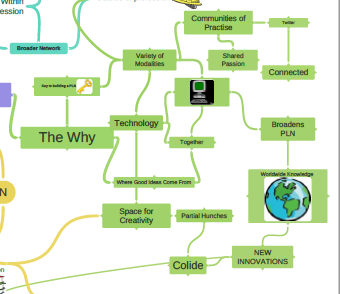
Collaboration is key to furthering the education of future generations. We must share ideas and offer support to one another in order to continue to thrive in the classroom. This module gives meaningful suggestions and ideas about why collaboration is important as well as practical suggestions regarding how to collaborate online.
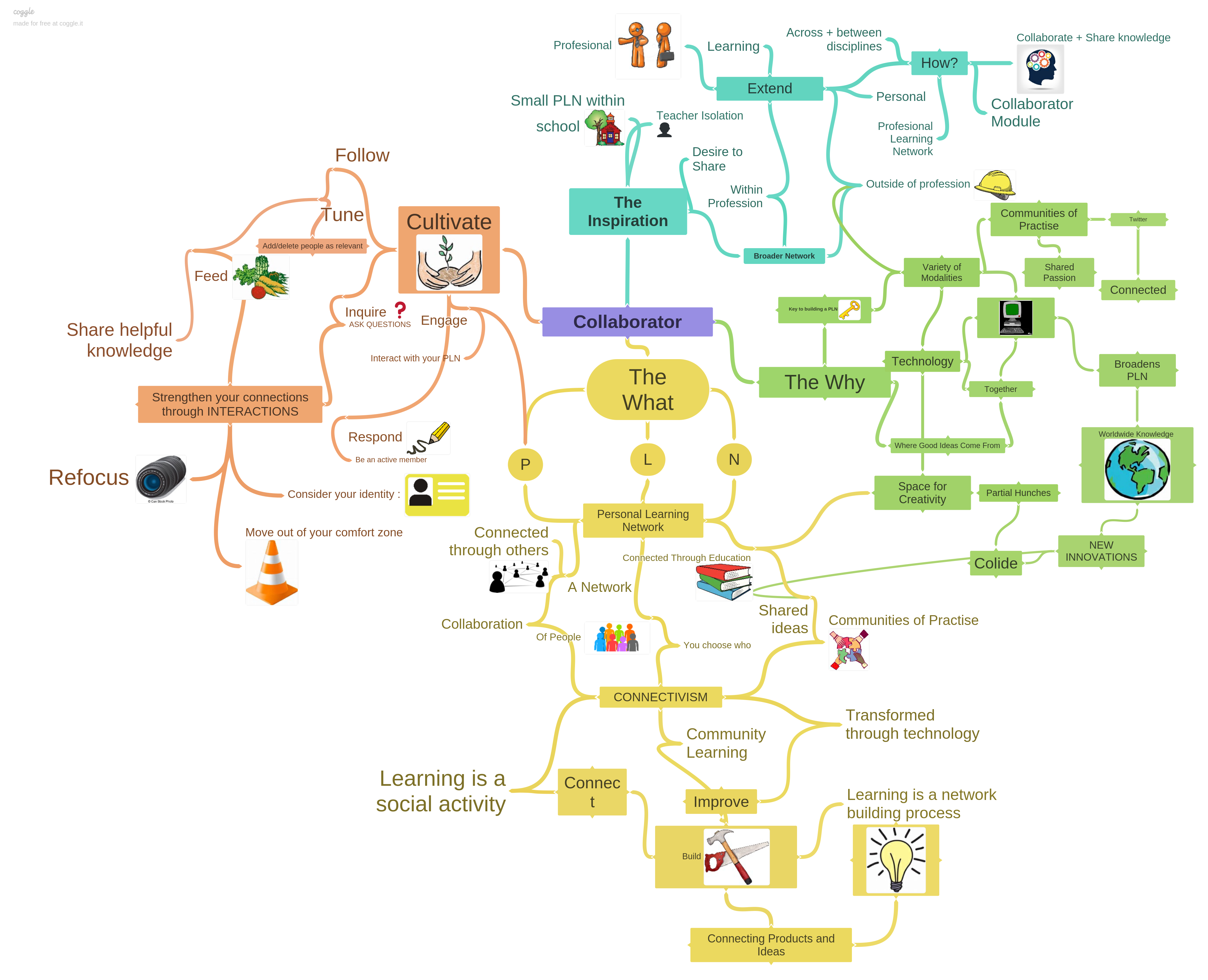
Please click on the link below to see a full size image of the mind map



